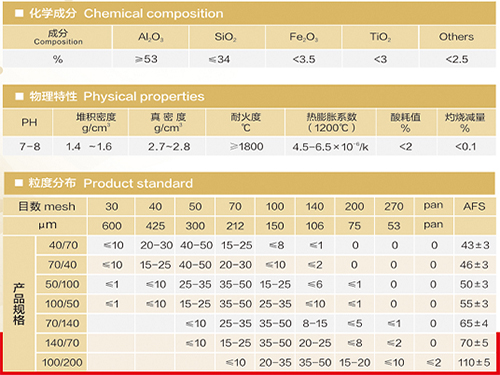Understanding Sand Casting Definition and Process
Sand casting, a widely utilized manufacturing process, is one of the oldest and most versatile methods for creating metal parts. As a crucial component of modern manufacturing, it involves the use of sand as a primary molding material to produce intricate shapes and structures that serve various industrial applications. This article explores the definition of sand casting, its process, advantages, and applications.
Definition of Sand Casting
Sand casting, also known as sand mold casting, is a process in which molten metal is poured into a mold cavity formed by sand. The process begins with preparing the sand, which is typically mixed with a binding agent to help hold its shape within the mold. Once the mold has been created, molten metal is poured into the cavity, allowed to cool and solidify, and then the mold is removed, revealing the final cast product. The defining characteristic of sand casting is the use of sand as the primary material for the mold, which is capable of withstanding the high temperatures of molten metal.
The Sand Casting Process
The sand casting process involves several key steps
1. Pattern Making The first step is to create a pattern, which is a replica of the object to be cast. Patterns can be made from various materials, including wood, metal, or plastic. They are designed to be slightly larger than the final product to accommodate shrinkage during cooling.
2. Mold Preparation Once the pattern is ready, it is used to create a mold. The pattern is placed in a mold box, and sand mixed with a binder is packed around it. The goal is to form two halves of the mold, which are then joined together. A parting line is established to facilitate the removal of the pattern later.
3. Core Making (if necessary) For parts that have internal cavities, cores made of sand are created and placed within the mold. This allows for the formation of internal features that would not be possible with a solid mold.
4. Pouring the Metal After the mold is prepared, it is heated to drive off moisture and ensure better pouring results. The molten metal is then poured into the mold through a pouring basin. The metal fills the cavity and takes the shape of the mold.
5. Cooling and Solidification After pouring, the metal must cool and solidify. The cooling time depends on the thickness of the part and the type of metal used.
6. Mold Removal Once the metal has cooled adequately, the sand mold is broken apart to reveal the cast part. The sand can often be reused for future mold-making, making the process more sustainable.
7. Finishing Processes The final step involves cleaning and finishing the cast part. This may include removing any excess material, grinding, polishing, or applying various surface treatments to achieve the desired finish.
sand casting definition

Advantages of Sand Casting
Sand casting offers several advantages that contribute to its popularity in manufacturing
- Versatility It can be used to create a wide range of metal alloys, including iron, steel, aluminum, and more. This versatility makes it suitable for various applications.
- Cost-Effectiveness Sand casting is generally more economical for low to medium production runs compared to other casting methods, such as die casting.
- Complex Geometries The process allows for the production of complex shapes that may be difficult or impossible to achieve using other methods.
- Reusability The sand used in the molds can often be reclaimed and reused, reducing material waste.
Applications of Sand Casting
Sand casting is employed across a multitude of industries. Common applications include
- Automotive Components Many engine blocks, transmission housings, and other critical parts are produced through sand casting.
- Aerospace Various aircraft components rely on sand casting for their production, especially intricate parts that require precise specifications.
- Pipe Fittings and Valves The plumbing and industrial sectors frequently use sand-cast fittings due to their strength and durability.
In summary, sand casting is a vital part of the manufacturing landscape, offering a practical and efficient way to produce a wide array of metal components. Its unique advantages, combined with the ability to create complex shapes, ensure that it remains an essential method in various industrial applications. Whether in automotive, aerospace, or construction, the significance of sand casting continues to grow as industries evolve.
Post time:дец . 05, 2024 14:21
Next:types of sand casting
